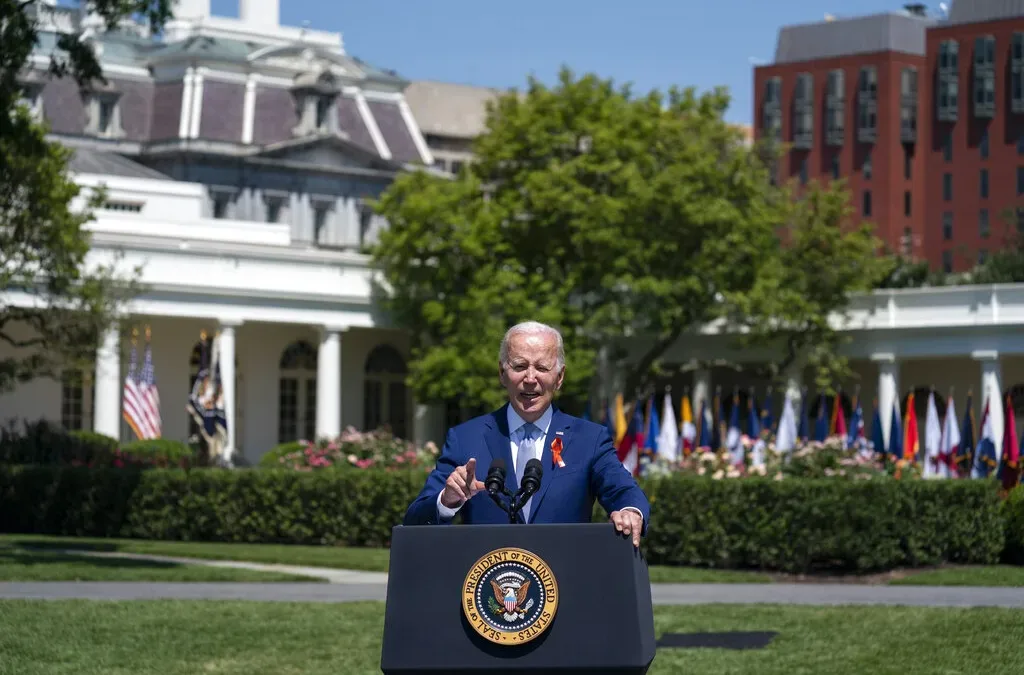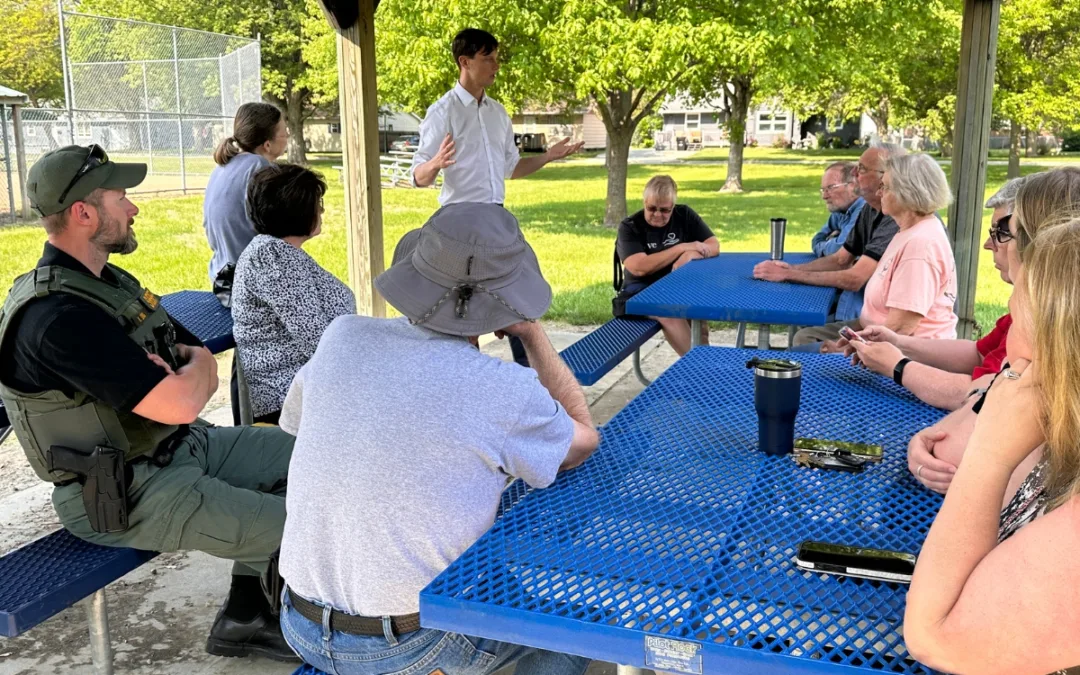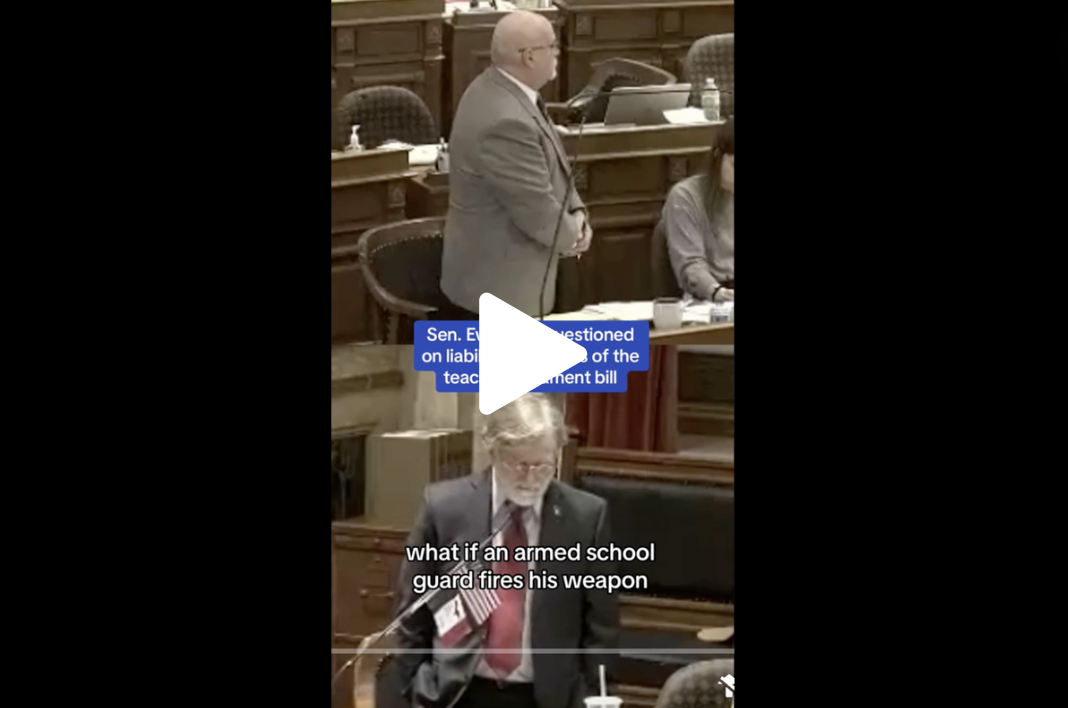
We all want to believe that our children have an equal shot at opportunity and success. And we all want to believe that Iowa will deliver that equal shot.
Who doesn’t remember Iowa sitting atop the national rankings year after year in college entrance exam scores? Who doesn’t remember Terry Branstad’s promises during the 2010 campaign for governor that he would make Iowa’s K-12 schools world class?
But a report last week shows that Iowa lawmakers have repeatedly dropped the ball when it comes to providing funding equity for the state’s public schools.
Because of disparities in the way the state calculates what local school districts are allowed to spend, two important factors are causing a financial hardship for some districts — and inequities in what they can offer their students.
Disparity #1: 171 public school districts are allowed to spend more per student than the remaining 162 districts are permitted to spend. That’s because the 171 districts were “grandfathered in” when lawmakers wrote the school budget formula 40 years ago.
Disparity #2: Many rural districts are further hampered because they are unable to spend as much on teachers and textbooks as other districts. That’s because the rural districts’ higher transportation costs are not taken into account when the budget ceilings are set.
The report last week was prepared by Iowa Watch, a nonprofit investigative journalism organization in Iowa City, and Iowa Public Radio. Their sobering findings should trouble people in rural Iowa, because few government responsibilities are more important than educating Iowa’s children.
Without funding equity, Iowa is treating some children better than others. And that’s not right.
The Legislature has been unable to muster the will to address these inequities, although lawmakers got closer this year.
Senate File 455 would address the budget disparities over the next 10 years, phasing out the preferential funding for the grandfathered districts and taking transportation costs out of the funding formula and dealing with those separately.
The Iowa Senate approved the bill 47-0 this spring. But the bill never came up for a vote in the Iowa House because leaders there decided the state could not afford the cost.
“If we had that extra money lying around and didn’t need it in other areas of government, we would have considered it,” Rep. Walt Rogers, a Cedar Falls Republican and member of the House Appropriations Committee, told Iowa Watch and Iowa Public Radio.
But do lawmakers really want to tell parents in places like Davis County that their children are not entitled to comparable educational opportunities that other school districts provide —simply because the geographic size of the Davis County district is the second largest in Iowa and the district has to spend about $770,000 a year just to get kids to school?
Centerville School Superintendent Tom Rubel hit the nail on the head, telling reporters: “If we believe that all kids need to be treated equally then the funding needs to be distributed equally.”
Data cited by Iowa Watch and Iowa Public Radio about the Davis County district illustrate the disparities in the state school budget formula:
In 2015, Iowa public school districts were allowed to spend $6,446 per pupil. But the 171 grandfathered districts were permitted to spend up to $175 more per pupil.
Davis County was not one of those grandfathered districts. If it were, the additional $175 per pupil would have provided $206,000 more for smaller class sizes, textbooks and other educational materials.
In 2015, 151 of Iowa’s 333 districts, including Davis County, spent more on transportation per student than the average district did. The statewide average, $402, compares with Davis County’s average transportation cost per student of $652.
Those higher-than-average costs siphoned away about $294,000 that Davis County had to spend on transportation, rather than education.
When you add the two areas of disparity together, it means Davis County is able to spend about 6.5 percent less on classroom instruction than other districts spend on average.
Davis County Superintendent Dan Maeder said last year, “The big question is simple. Should how far a student rides a bus to school determine the quality of education he or she receives? I have yet to meet anyone who will openly say ‘yes’ to that question. However, this practice is exactly what is happening across this great state.”
This problem is not going away until the Legislature acts.
School consolidation is a fact of life. As the number of school districts declines, each surviving district’s geographic footprint naturally expands. And as that area increases, so do the transportation costs.
Margaret Buckton, a lobbyist for Rural School Advocates of Iowa, told reporters: “Once they commit to it, this bill is going to take 10 years before we get to equity. If you think about the second-graders today, they’ll be high school graduates before this bill solves this problem.”
Iowa has waited long enough.
It will take lots of letters, emails and telephone calls from parents, grandparents, community leaders and educators to help senators and representatives, and the governor, too, understand that this issue finally needs to be dealt with.
by Randy Evans
Reprinted from Bloomfield Democrat
Posted 5/26/17
Politics

Biden announces new action to address gun sale loopholes
The Biden administration on Thursday announced new action to crack down on the sale of firearms without background checks and prevent the illegal...

Biden cancels student loan debt for 2,690 more Iowans
The Biden administration on Friday announced its cancellation of an additional $7.4 billion in student debt for 277,000 borrowers, including 2,690...
Local News

No more Kum & Go? New owner Maverik of Utah retiring famous brand
Will Kum & Go have come and gone by next year? One new report claims that's the plan by the store's new owners. The Iowa-based convenience store...

Here’s a recap of the biggest headlines Iowa celebs made In 2023
For these famous Iowans, 2023 was a year of controversy, career highlights, and full-circle moments. Here’s how 2023 went for the following Iowans:...




